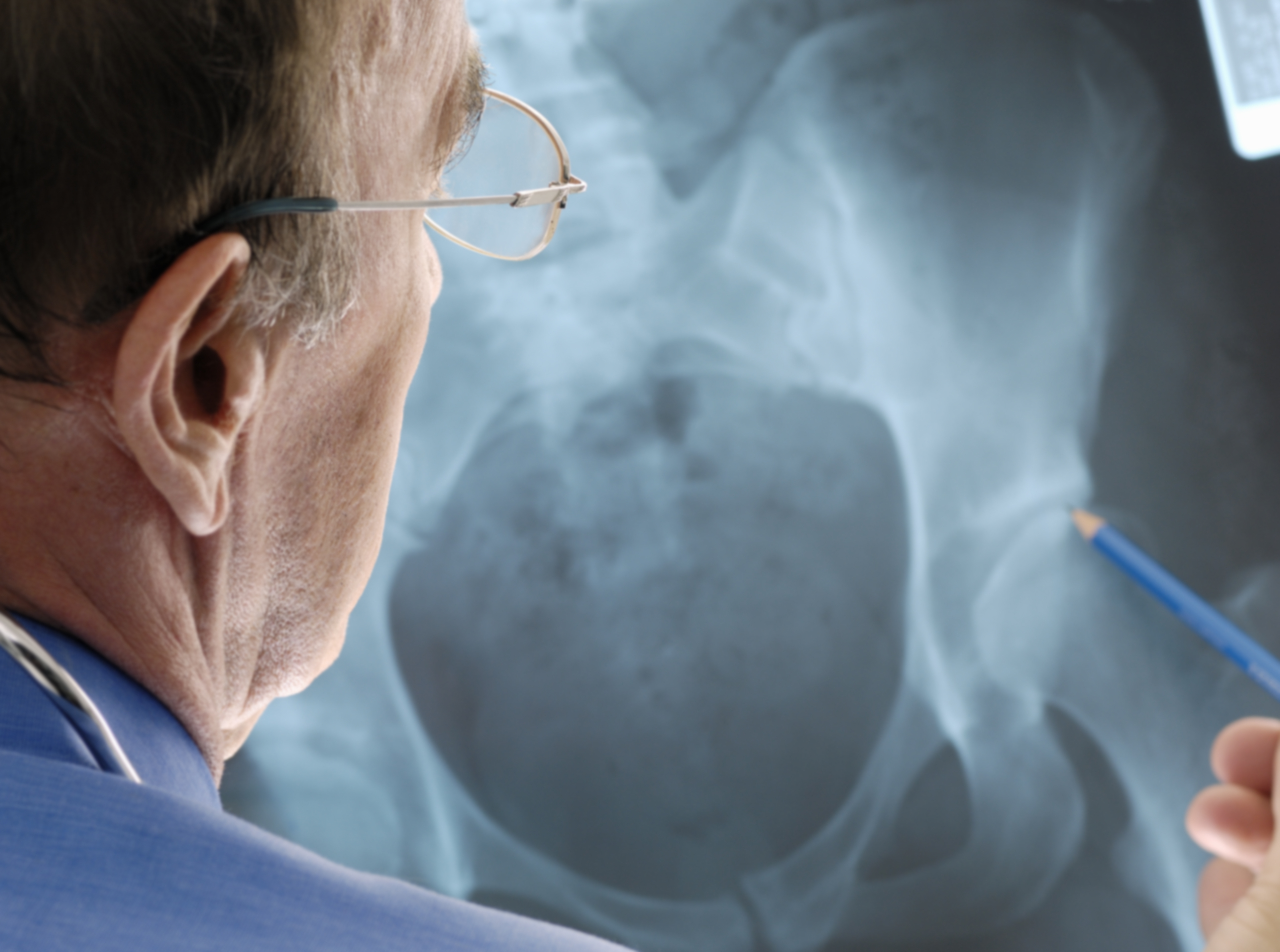Additional tests for joint pain
After the physical examination, the surgeon may request additional tests to confirm the diagnosis, such as:
X-rays to see how much joint damage or deformity exists
Laboratory test of your blood, urine, or joint fluid, to identify specific types of arthritis, or rule out certain diseases
Specialised back X-rays to confirm hip pain isn’t being caused by a back problem
Magnetic Resonance Imaging (MRI) or a bone scan to determine the condition of the bone and soft tissues of the affected joint
Computer Assisted Tomography (CT)
Doppler / ultrasound to assess circulation
Please log in
The following information is designed especially for patients who have been booked to receive a joint replacement by an orthopaedic surgeon. Please enter the password provided to you by your surgeon - if you do not have a password, please contact your surgeon’s rooms or hospital.
You are now leaving patients.stryker.com.au
Stryker is not responsible for content or information displayed by following this link. Please press Accept to continue, or Cancel to stay on this page.
Accept
Cancel
© 2025 Stryker South Pacific Pty Ltd.
Important information for patients

